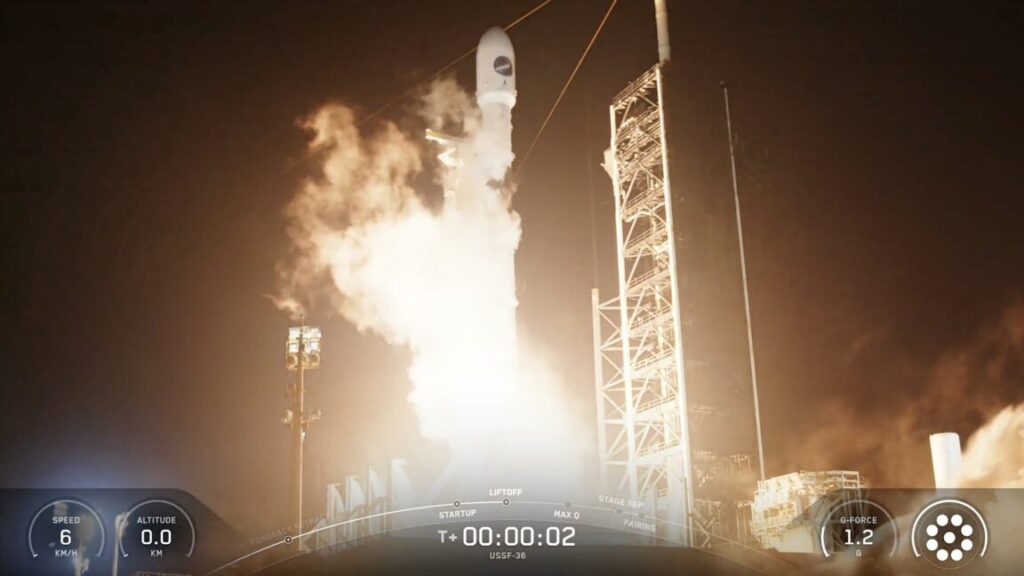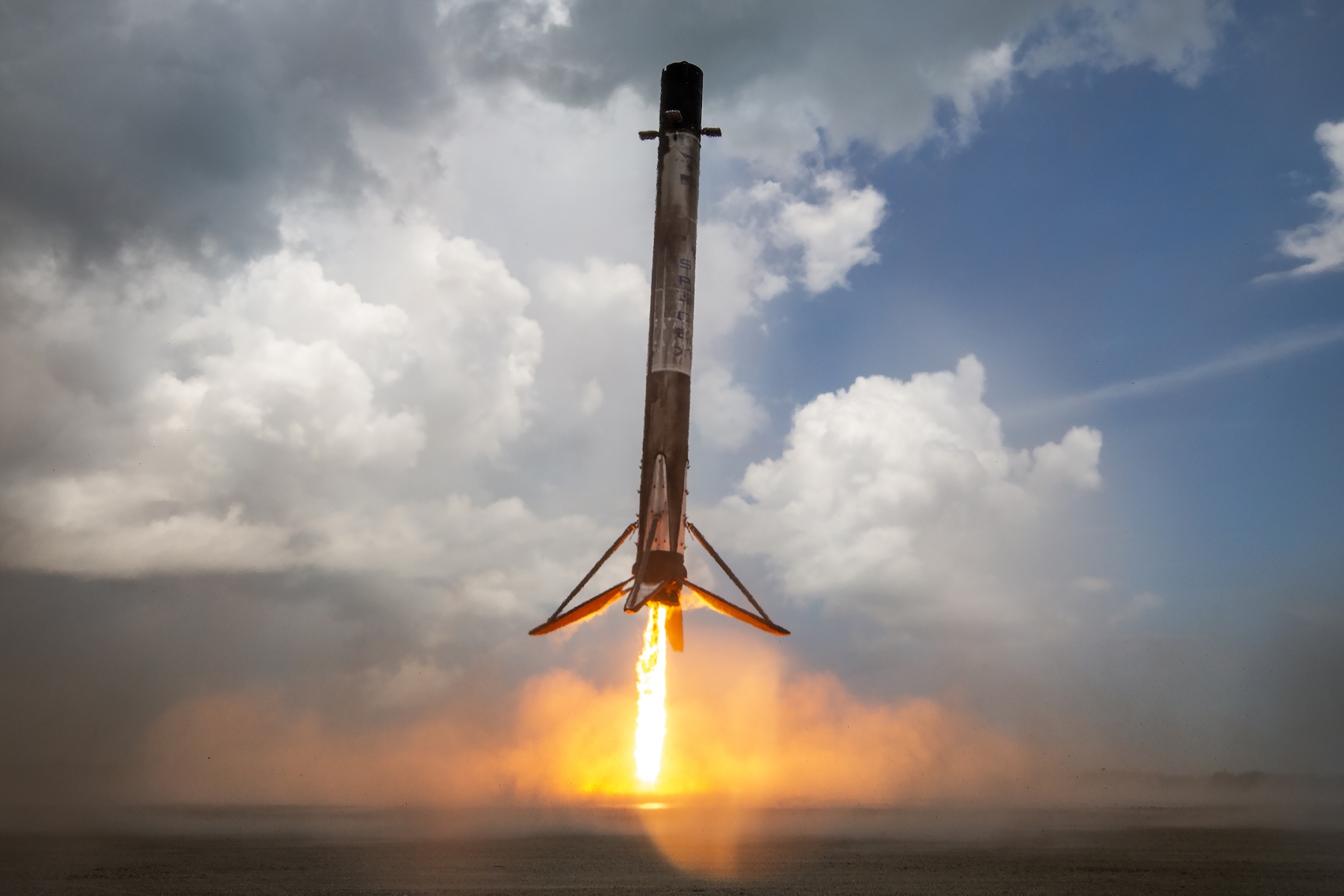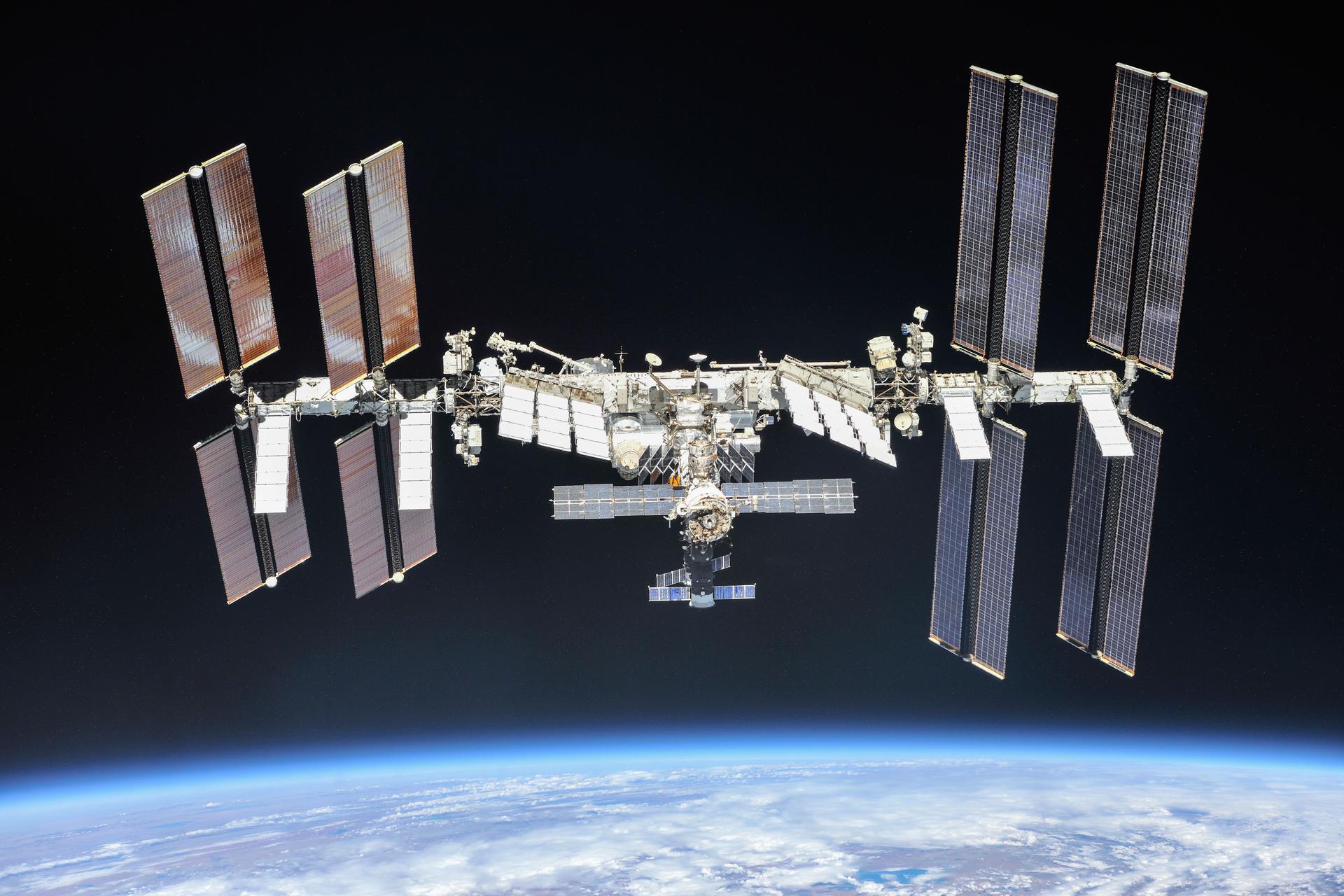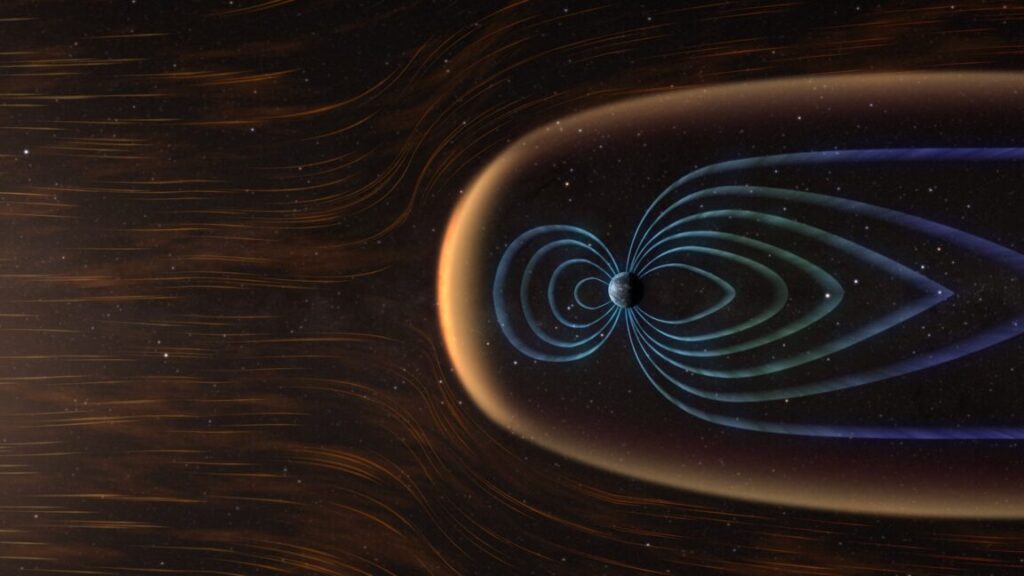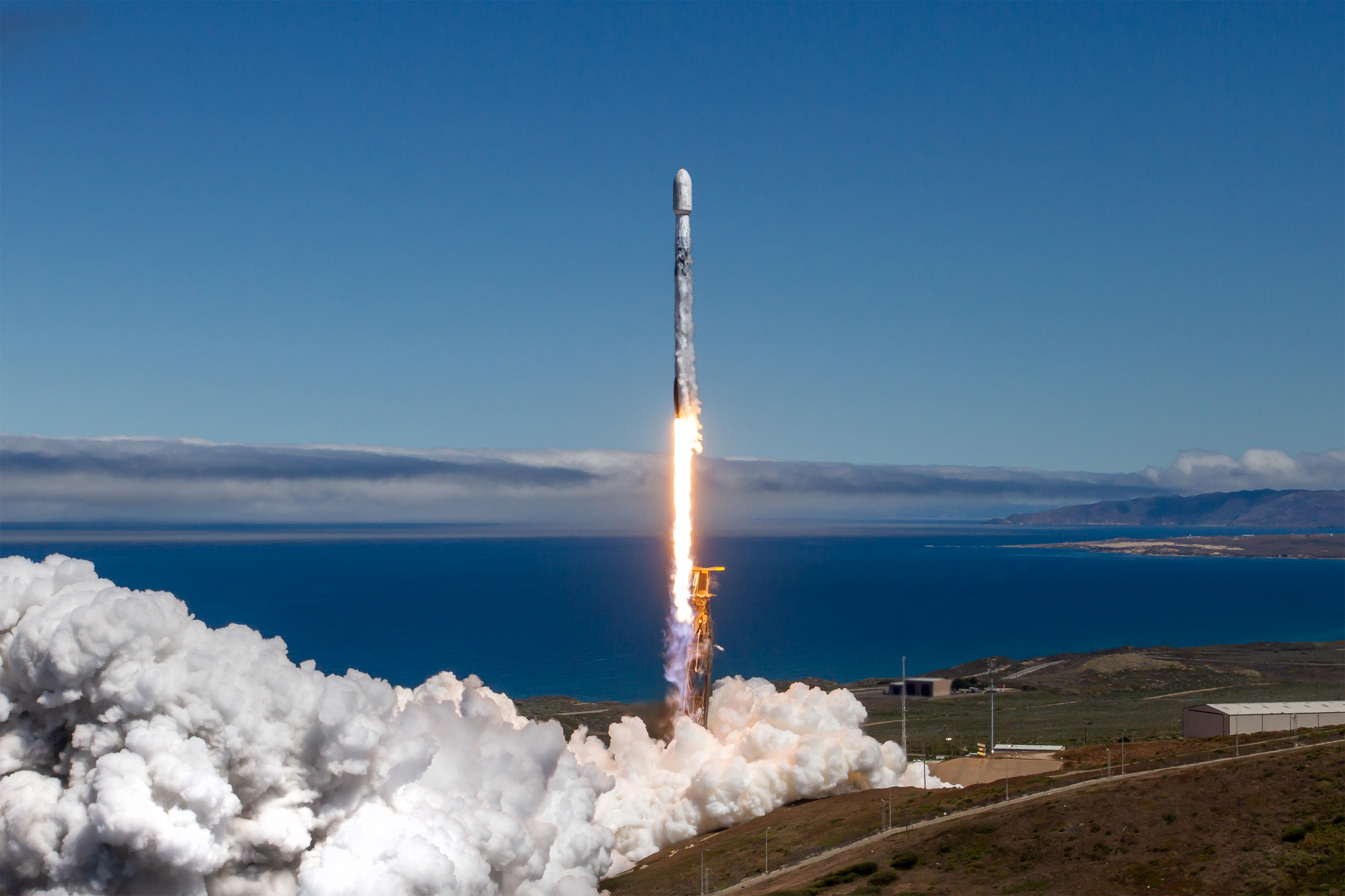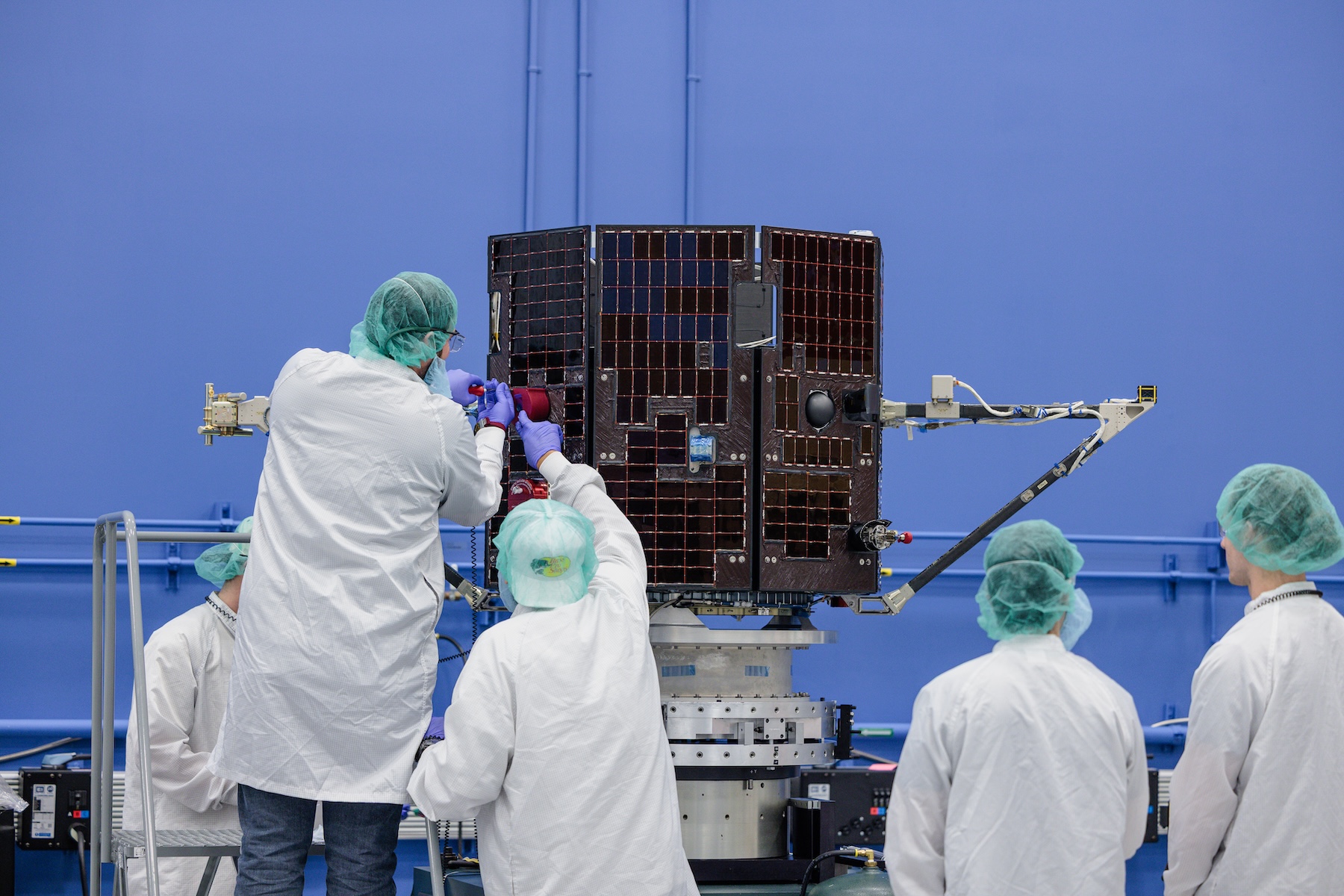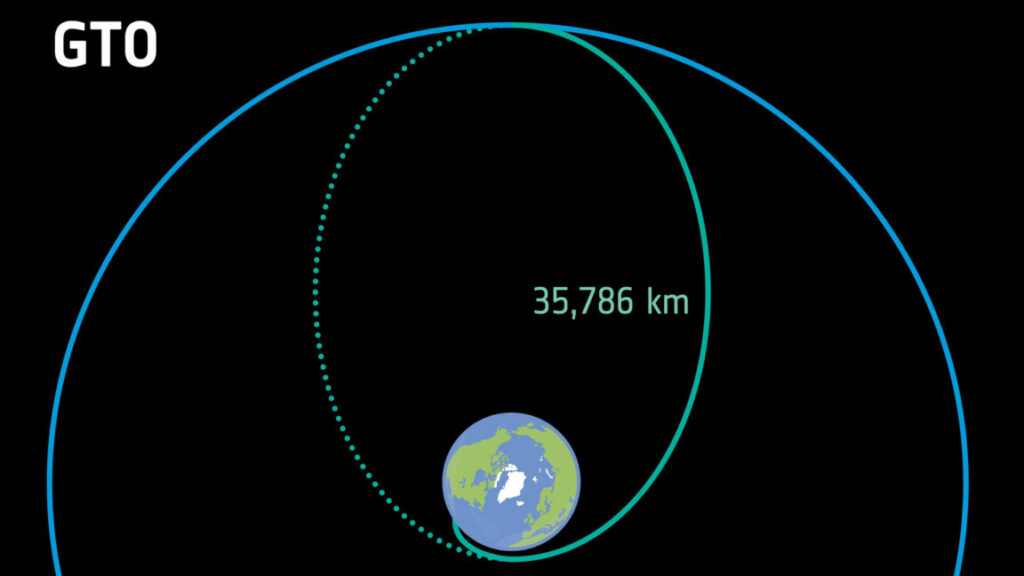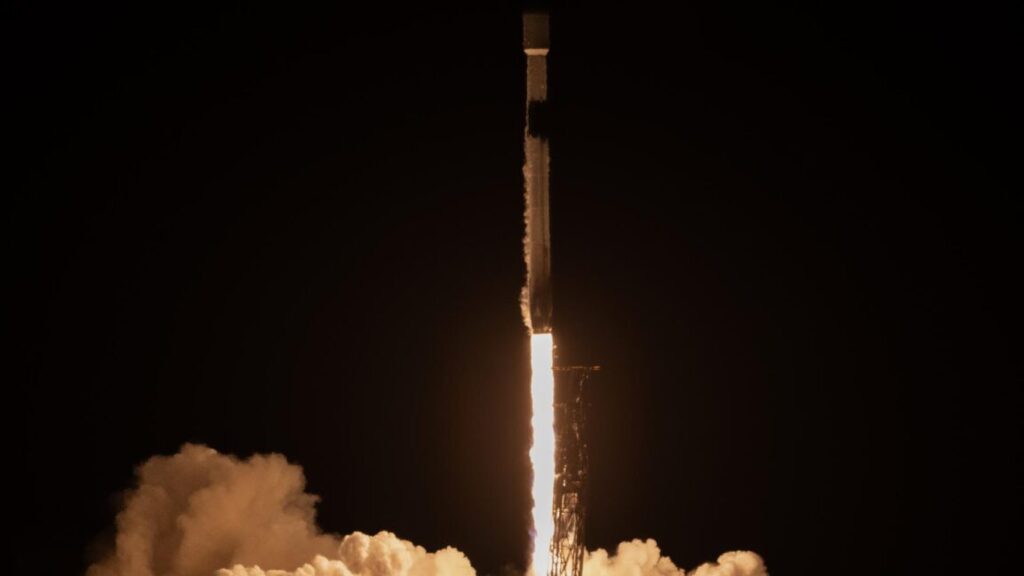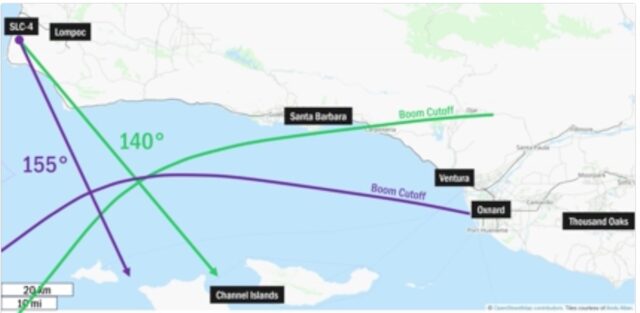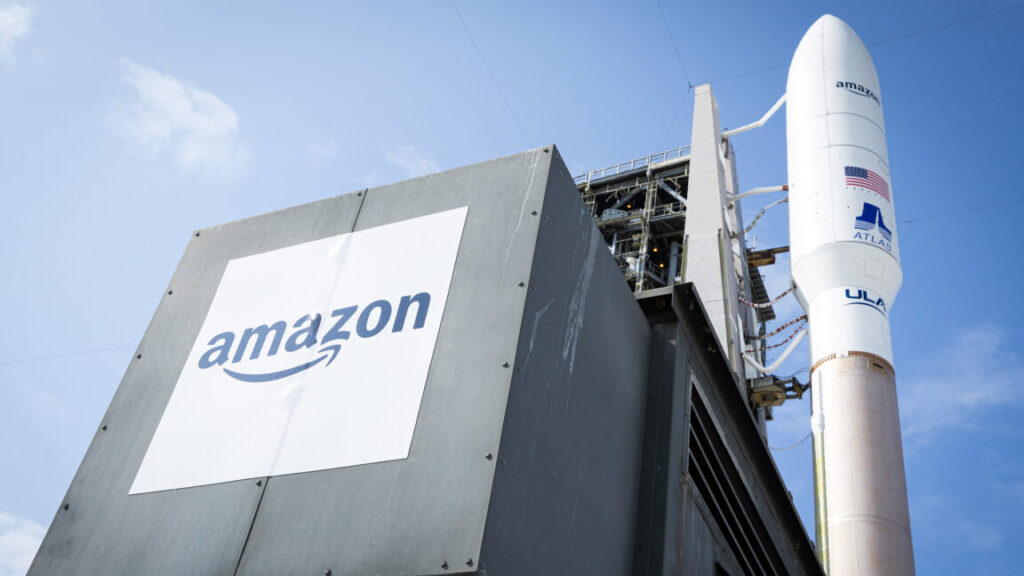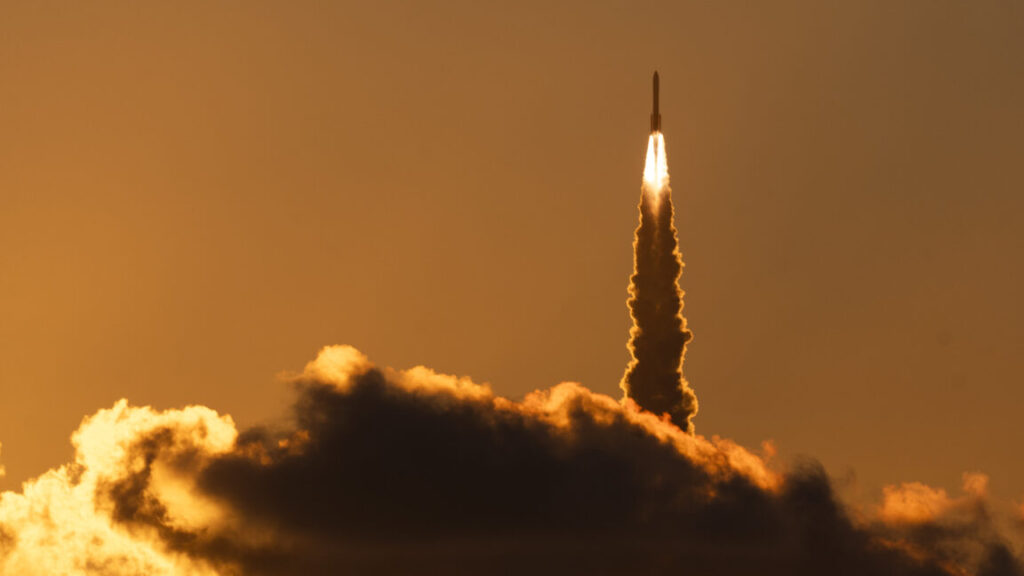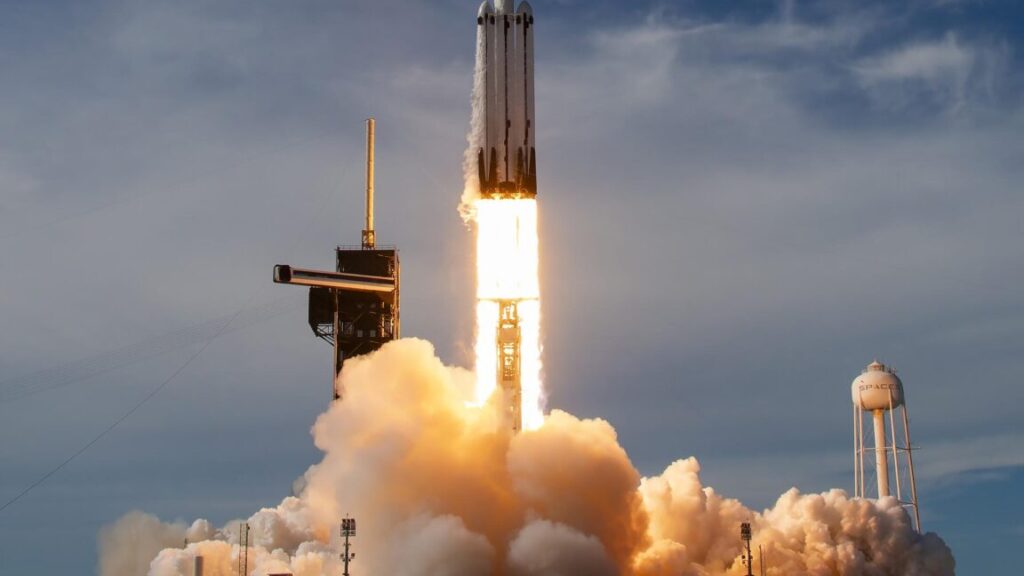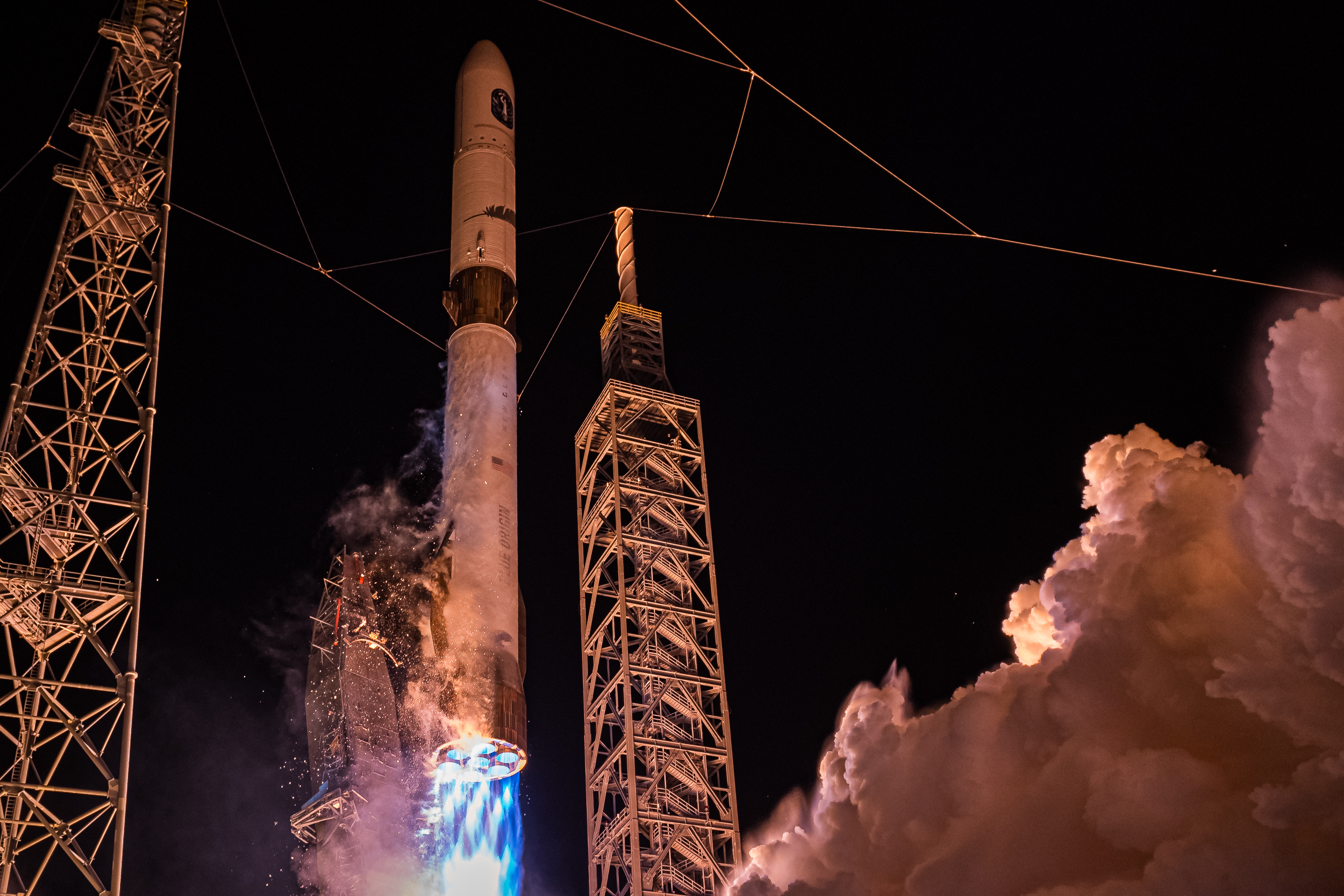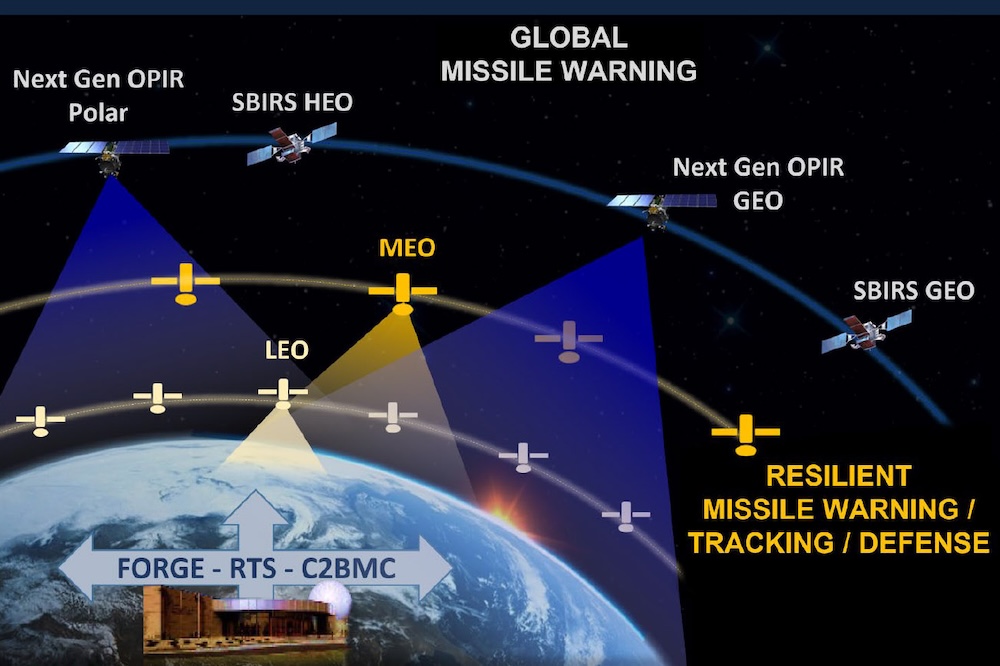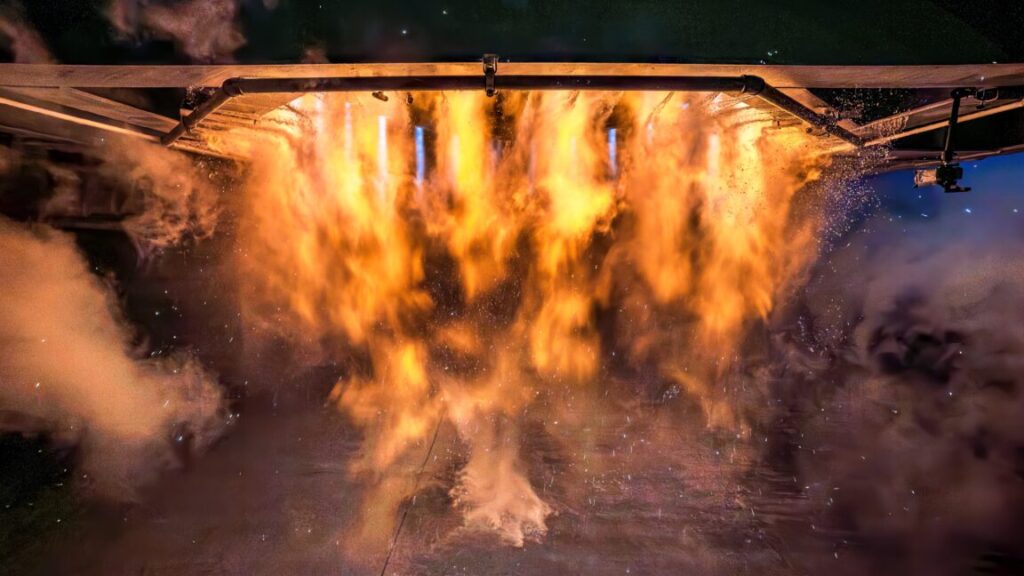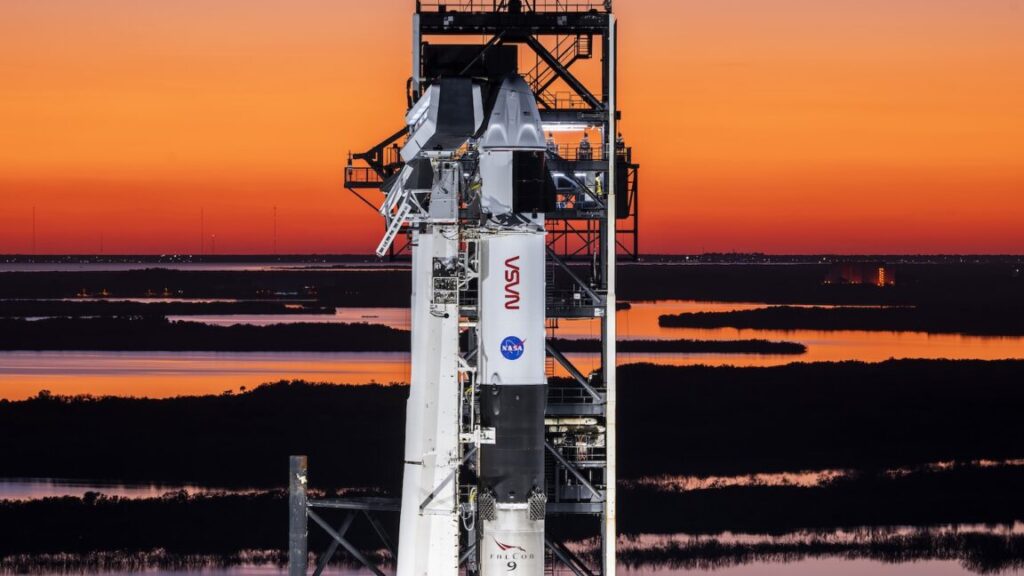US military’s X-37B spaceplane stays relevant with launch of another mission
“Quantum inertial sensors are not only scientifically intriguing, but they also have direct defense applications,” said Lt. Col. Nicholas Estep, an Air Force engineer who manages the DIU’s emerging technology portfolio. “If we can field devices that provide a leap in sensitivity and precision for observing platform motion over what is available today, then there’s an opportunity for strategic gains across the DoD.”
Teaching an old dog new tricks
The Pentagon’s twin X-37Bs have logged more than 4,200 days in orbit, equivalent to about 11-and-a-half years. The spaceplanes have flown in secrecy for nearly all of that time.
The most recent flight, Mission 7, ended in March with a runway landing at Vandenberg after a mission of more than 14 months that carried the spaceplane higher than ever before, all the way to an altitude approaching 25,000 miles (40,000 kilometers). The high-altitude elliptical orbit required a boost on a Falcon Heavy rocket.
In the final phase of the mission, ground controllers commanded the X-37B to gently dip into the atmosphere to demonstrate the spacecraft could use “aerobraking” maneuvers to bring its orbit closer to Earth in preparation for reentry.
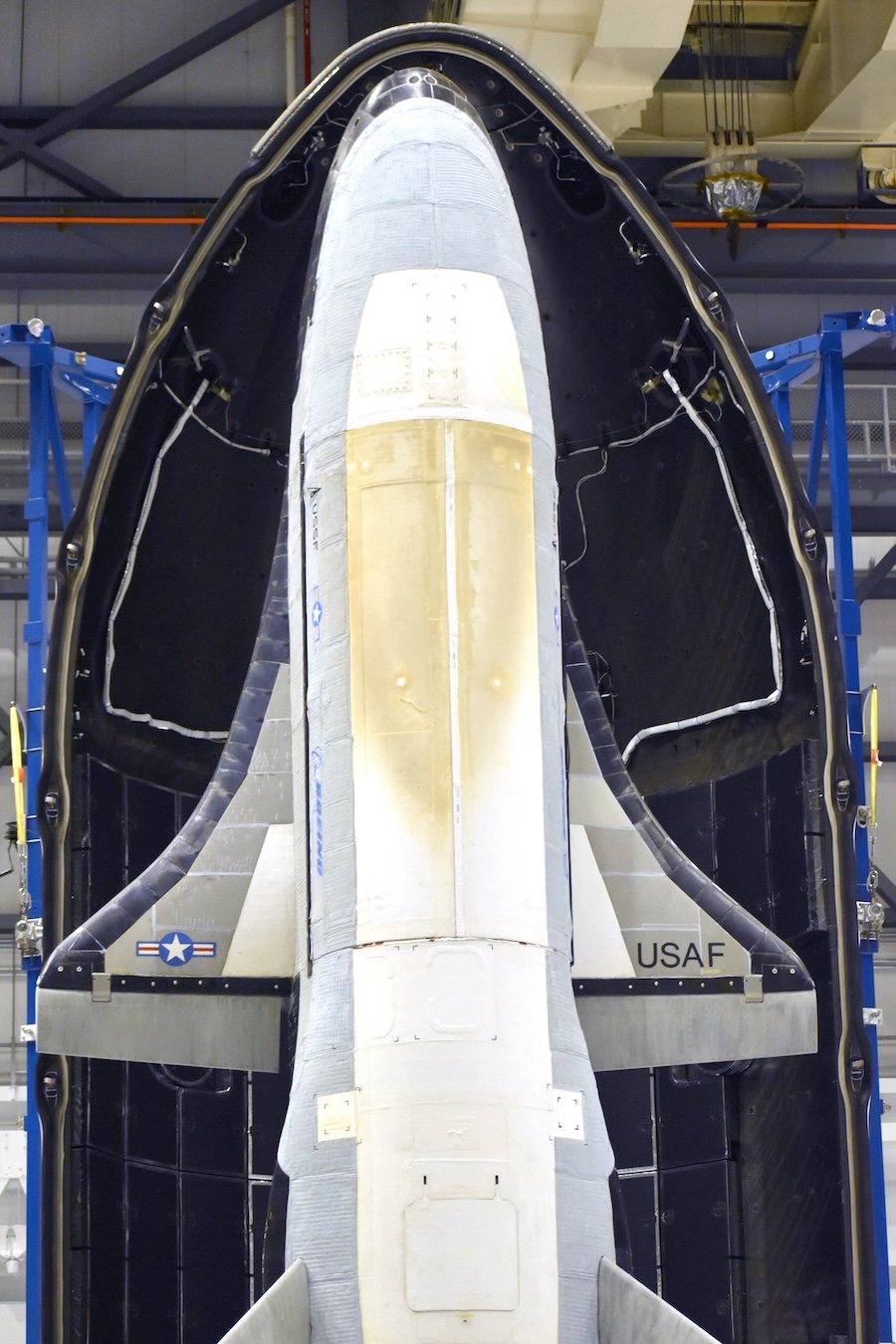
An X-37B spaceplane is ready for encapsulation inside the Falcon 9 rocket’s payload fairing. Credit: US Space Force
Now, on Mission 8, the spaceplane heads back to low-Earth orbit hosting quantum navigation and laser communications experiments. Few people, if any, envisioned these kinds of missions flying on the X-37B when it first soared to space 15 years ago. At that time, quantum sensing was confined to the lab, and the first laser communication demonstrations in space were barely underway. SpaceX hadn’t revealed its plans for the Falcon Heavy rocket, which the X-37B needed to get to its higher orbit on the last mission.
The laser communications experiments on this flight will involve optical inter-satellite links with “proliferated commercial satellite networks in low-Earth orbit,” the Space Force said. This is likely a reference to SpaceX’s Starlink or Starshield broadband satellites. Laser links enable faster transmission of data, while offering more security against eavesdropping or intercepts.
Gen. Chance Saltzman, the Space Force’s chief of space operations, said in a statement that the laser communications experiment “will mark an important step in the US Space Force’s ability to leverage proliferated space networks as part of a diversified and redundant space architectures. In so doing, it will strengthen the resilience, reliability, adaptability and data transport speeds of our satellite communications architecture.”
US military’s X-37B spaceplane stays relevant with launch of another mission Read More »
